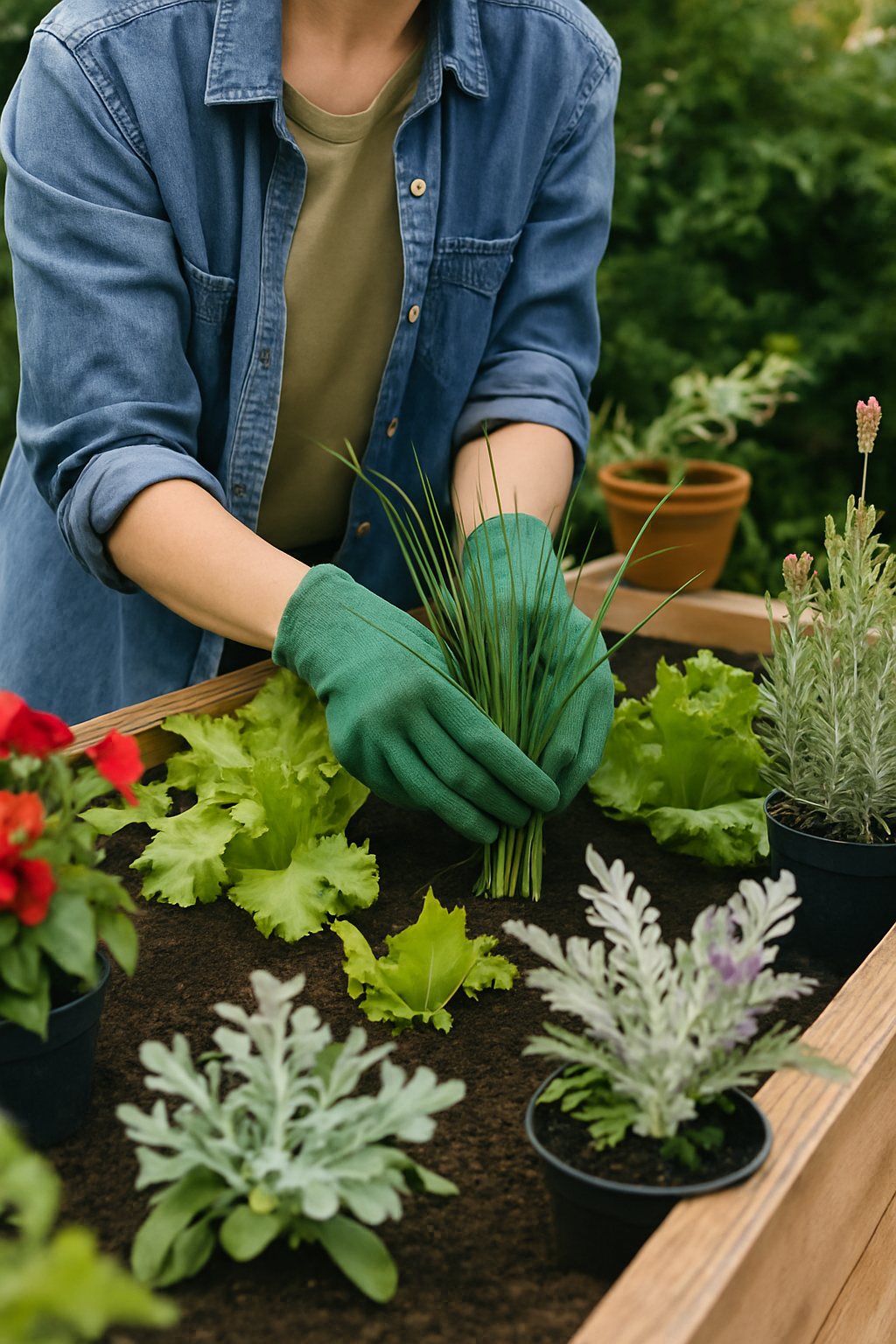The impact of climate change, an awareness of the finite nature of most raw materials, the problems of waste disposal, and the resultant effect on nature and the environment have led to a growth in sustainable gardening.
"Sustainable gardening means designing, constructing and maintaining our spaces in a way that meets the needs of the present without compromising the ability of future generations to meet their own needs," says landscape designer Phillip Johnson.
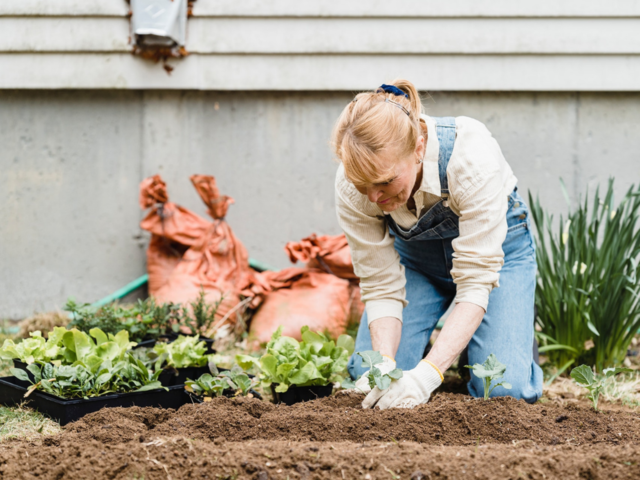
Image source: Pexels.
Here we go through some devices and actions you can use or apply to create an eco-friendly garden.
Water sustainability
Reducing and recycling water is the biggest priority when it comes to garden sustainability. Water demand is constantly rising, and summer water shortages are all too common worldwide. This creates immediate problems concerning creating and maintaining gardens.
As a result, water sustainability has to be built into every garden design. Installing water butts to capture all available rain is a priority. These need to be fixed under every downpipe around the house or building and ideally attached to an overflow butt as well.
Installing guttering around the exterior of sheds and greenhouses will allow rainwater to be captured into yet more water butts. Lids should be firmly fixed on every butt, as this ensures the safety of children, animals, and birds while decreasing summer evaporation loss and preventing any debris from soiling the water. Attaching automatic soaker hose systems to the butts will enable regular watering of selected plants as required during dry periods.
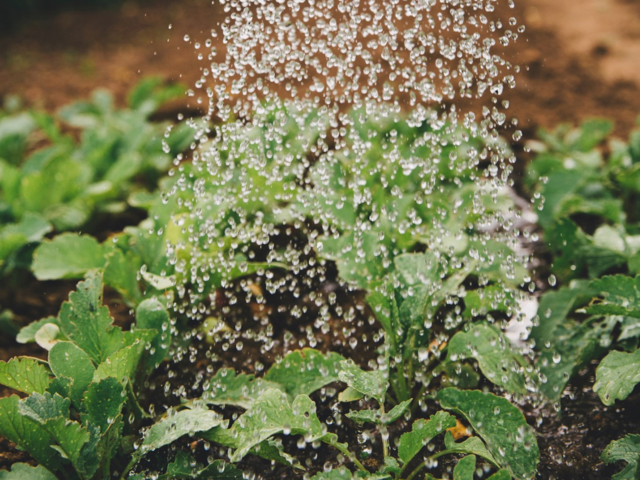
Image source: Unsplash.
Water-saving devices
Other water-saving devices can be incorporated at the garden design stage, such as underground tanks that allow rainwater to be captured via permeable membranes or permeable block paving over driveways and paths. This has the dual effect of capturing rainwater while reducing the risk of flooding around a building.
Worth considering are decorative water-saving devices such as the Japanese style watering systems. A chain directs rainfall from gutters to a drainage hole linked to an underground tank. During heavy rain, it creates the impression of a small waterfall cascading down.
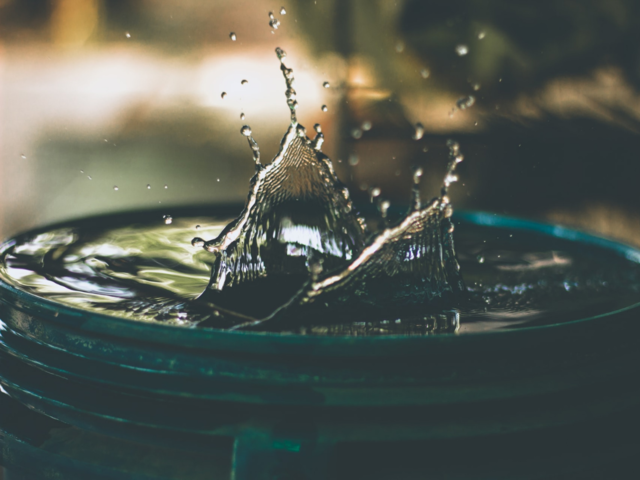
Image source: Pexels.
Reed bed
Reed bed systems are worth considering in more extensive gardens. These can deal with wastewater while providing filters in which aquatic plants and waterborne life clean effluent through natural processes.
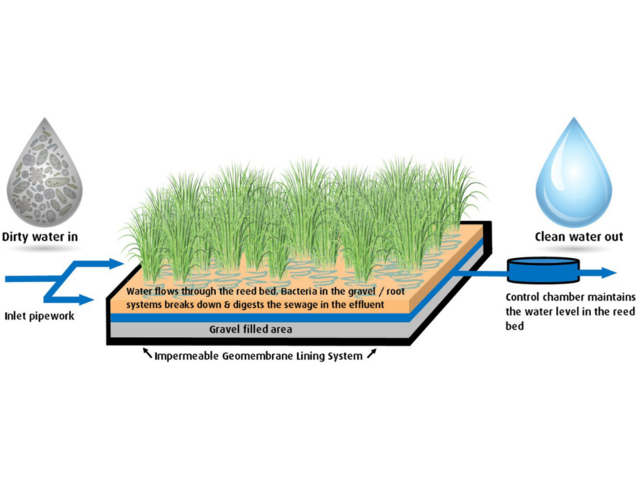
Image source: Reed Bed via Butek Landline.
Using Sustainable Hardscape Materials
Hard landscaping offers many sustainable opportunities, such as the use of reinforced grass or recycled materials made from waste plastic and waste rubber. Solar lighting systems are much more sustainable than mains electric when creating lighting effects around a garden.
Choosing the right plants
Sustainable gardeners focus on reflecting the natural environment when organising planting schemes. There is no point trying to plant acidic plants in alkaline soil or vice versa or creating a bog garden in a dry landscape. Attempting to maintain such planting will require a lot of resources and will not be sustainable.
Choosing plants that match the soil, the environment, and the microclimate within the location will have a much more significant impact on the garden's long-term image, viability, and sustainability.
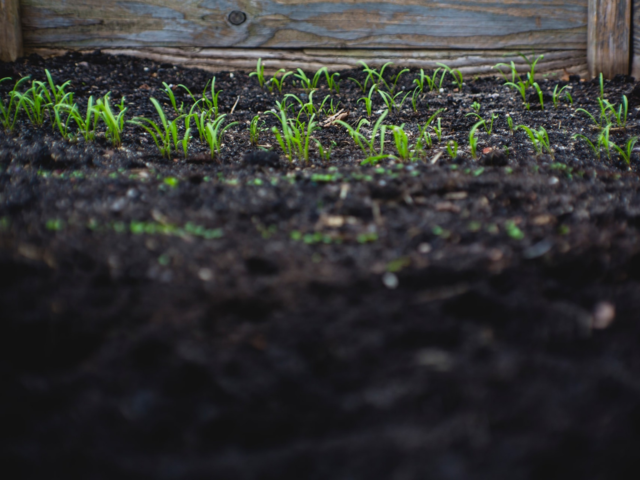
Image source: Unsplash.
Recycling and upcycling materials
Equally worth considering are the possibilities offered by recycling and upcycling materials. Instead of simply throwing out existing materials when creating a new garden design, many gardeners take a close look at those materials and see what can be done to repurpose them.
Sometimes they can be reused similarly, such as old bricks as decorative edging for beds and raised beds while removing old patios can provide an excellent hardcore for new seating areas and design features.
A little imagination and upcycling skills can turn unexpected treasures into unique constructions. Broken china can make decorative mosaic features, pallets become vertical planters or rustic furniture, and baths turned into pretty garden ponds with just a little thought and effort.
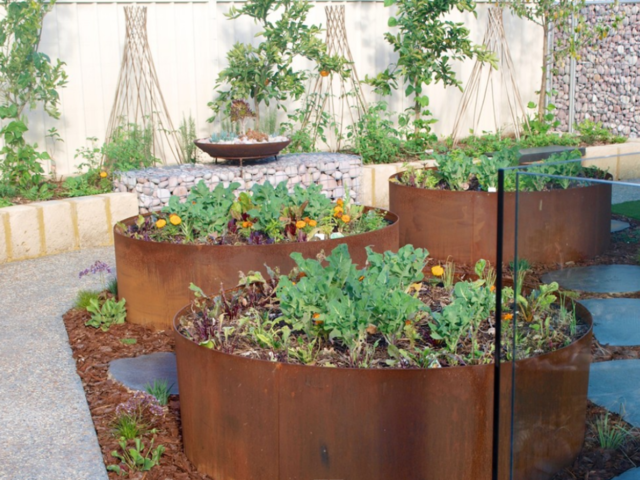
Image source: A sustainable garden designed with a combination of low water usage plants and an edible kitchen garden; via Houzz.
Read more about gardening and garden design.
If you wish to learn more about garden design or horticulture, have a look at our accredited courses.

